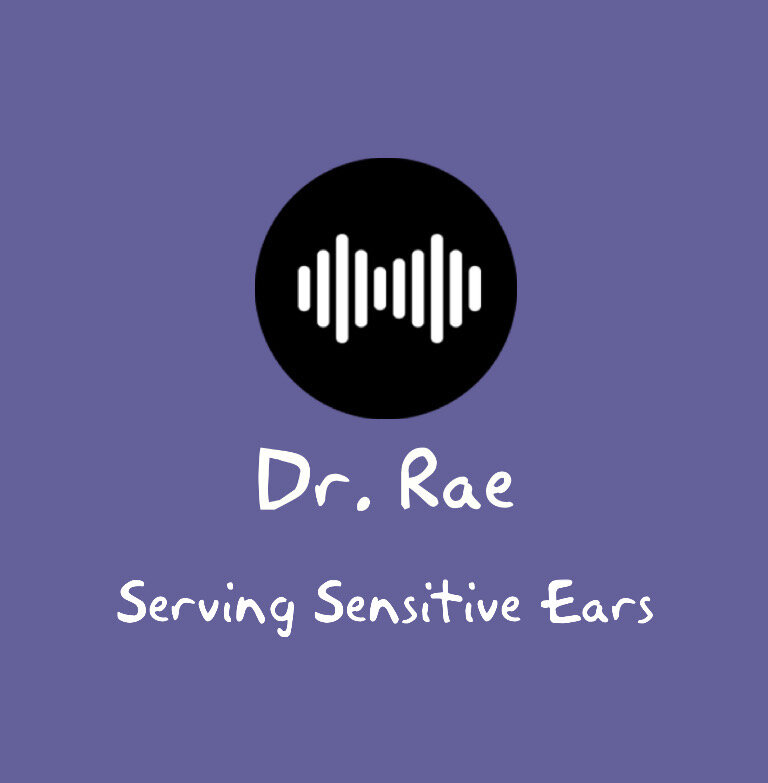Lipreading Practice: Clear but Not Always Realistic
Why I Still Support Cued Speech
I’ve been working through the drills on LipReading.org, and they’re impressively designed. The videos are clean and focused. The lighting is ideal. The speaker looks directly at the camera, and each word is presented in isolation. There is no background noise, no distractions, and no overlapping speech. These are the most supportive conditions possible for lipreading.
The site includes more than just vowels. You can practice consonants, numbers, minimal pairs, and closed set tasks, where you choose from a limited list of possible answers. That structure makes it easier. Your brain has fewer options to sort through, and the format helps guide your choice. But in everyday life, we don’t get a word bank. We don’t know what’s coming next. We don’t get to pause or guess with help.
This is where lipreading often falls short.
When you have sounds that look identical on the lips, like “mat,” “pat,” and “bat,” there is no reliable way to tell them apart using lipreading alone. The lips move in almost exactly the same way. Without sound or some kind of visual clarification, it becomes a guessing game. For children who already have strong language skills, they might be able to fill in the blanks using memory or context. But children with limited language often cannot.
They don’t have good auditory closure because the sound signal isn’t clear.
They don’t have good visual closure because the mouth shapes are too similar.
They don’t have enough vocabulary or internal structure to figure out what word would make sense next in the sentence.
That’s why this kind of practice can be both helpful and misleading. The drills show you what’s possible under ideal conditions. But they also show just how easy it is to miss the meaning entirely, especially when you don’t have extra support. That’s why I support Cued Speech.
Cued Speech makes spoken language fully visible. It uses handshapes and placements near the mouth to represent the exact phoneme being spoken. When someone cues, I no longer have to wonder if they said “bat,” “mat,” or “pat.” I can see it. That level of clarity helps the brain connect sound to meaning. It builds phonological awareness and supports language growth from the ground up.
Personally, I understand about 25 percent of spoken language through lipreading. That number hasn’t changed, even after a full semester of structured practice with graduate speech-language pathology students at the University of Maryland. I showed up. I worked hard. My accuracy stayed the same.
That experience taught me something important. When the signal isn’t strong enough, more effort won’t make up for it. What you need is a better way in.
For me, that way was Cued Speech.
I still recommend LipReading.org as a place to explore. The drills can help with visual attention and give a better sense of how different sounds look on the mouth. But if you or your child have been working hard and still missing too much, that’s not a failure. It may just mean that lipreading, by itself, isn’t giving you enough access.
If you’re looking for a more complete visual system, I encourage you to explore Cued Speech. The National Cued Speech Association offers classes, cue camps, and resources for both families and professionals. The New England Cued Speech community has also been especially active in providing accessible, high-quality instruction.
⸻
Explore More
Practice with vowels, consonants, numbers, and closed set word tasks
National Cued Speech Association
Training, family resources, cue camps, and community support
If you’ve been trying to make sense of spoken language through lipreading or listening and still feel like something’s missing, it might not be about trying harder. It might be about finding a system that shows you what your ears or eyes alone cannot. For me, cueing did that. And I’ve never looked back.
